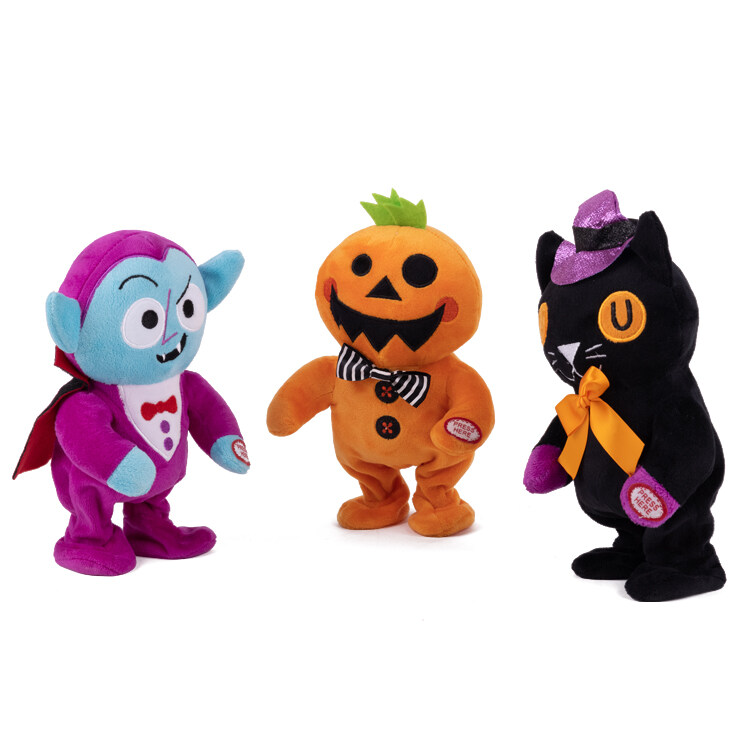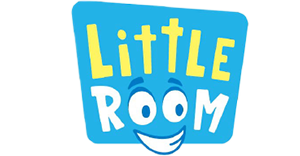Email format error
Email cannot be empty
Email already exists
6-20 characters(letters plus numbers only)
The password is inconsistent
Email format error
Email cannot be empty
Email does not exist
6-20 characters(letters plus numbers only)
The password is inconsistent

News
Happy Arts & Crafts , your reliable partner for OEM/ODM business!

How to Wash Plush Toys in the Washing Machine?
Children of all ages love to play with plush toys, so it's important to wash them properly. Usually, you can wash plush toys with a washing machine or by hand. As the stuffed toys manufacturers, today we will talk about how to clean stuffed toys with a washing machine.

Washing machine cleaning
1. Make sure your plush toy can be washed in a washing machine.
Read the label on the toy to check that the toy is machine washable. The following types of plush toys cannot be machine washed:
There is a built-in music box in the toy.
The toy is very old, the fluff or limbs are falling off, or it feels fragile when held in the hand.
Certain parts of the toy are glued on, such as plastic eyes, legs, arms, ears, or sequins.
The plush toy wears clothing of perishable fabric that is permanently sewn onto the toy and cannot be removed, such as a dress embellished with glitter or a crown that is easily damaged.
Instead of cotton batting, the toy is filled with tiny foam balls.
2. Check the toy carefully.
Are there any components that need to be removed? Have a loose thread to deal with? Just make sure you don't damage toys or the washing machine.
Find out what type of washing machine you have in your home. It is best not to wash plush toys with a washing machine with stirring columns and stirring wings. This type of washer can make a mess of toys because the agitating element dislodges the lint.
Instead of using a top-load washer, you can take your stuffed animal to the laundromat along with a big load of laundry.
3. Put the plush toys into the laundry net bag.
Net bags for washing clothes can be bought in convenience stores, fabric stores, the washing supplies section of major supermarkets, or online. It protects toys from being snagged and squeezed while cleaning.
4. Select the gentle washing program.
Even normal washing is too harsh for plush toys, so gentle washing should be the only option at all times. You can use warm water or cold water when washing. Never use hot water, or it may cause degumming, causing parts to come off the toy.
Remember to dry the plush toys after washing
1. Use a clothesline.
The wetter the toy, the longer it will take to dry. Be sure to squeeze the water out of the toys before hanging them on the clothesline. While the sun is out, clip the toys to the clothesline to dry. Sunlight has natural stain-removing and germ-killing properties. Spot cleaning doesn't use a lot of water, so toys treated this way don't need to be hung outside to dry.
2. Let the toy air dry.
If the weather is bad, just wait for the toy to dry. You just have to keep the toy in a safe place out of the reach of small children or pets.
3. Use a dryer.
If the label says you can put the toy in the dryer, set the dryer on the low-temperature, easy-iron setting. You can also dry the stuffed animal with a hair dryer set on low heat or cold. While the heat will dry out the toy faster, it can also damage the toy and make the fluff stiff and knotted. If your dryer has a cool air function, turn it on so the toy stays fluffy and supple.
4. Make sure the toy is completely dry inside and out.
The inside of a toy takes longer to dry than the outside. If the filling is not completely dried, it may become moldy and endanger your child's health. You can dry the toy faster by putting it in the dryer for a short while, or blowing it with a blow dryer briefly.
5. Arrange the stuffing in the plush toy to restore it to its original shape.
During the drying process, the stuffing in the toy can be displaced by force, so you'll need to tuck them back into place and fluff the plush so the toy can return to its original state.


